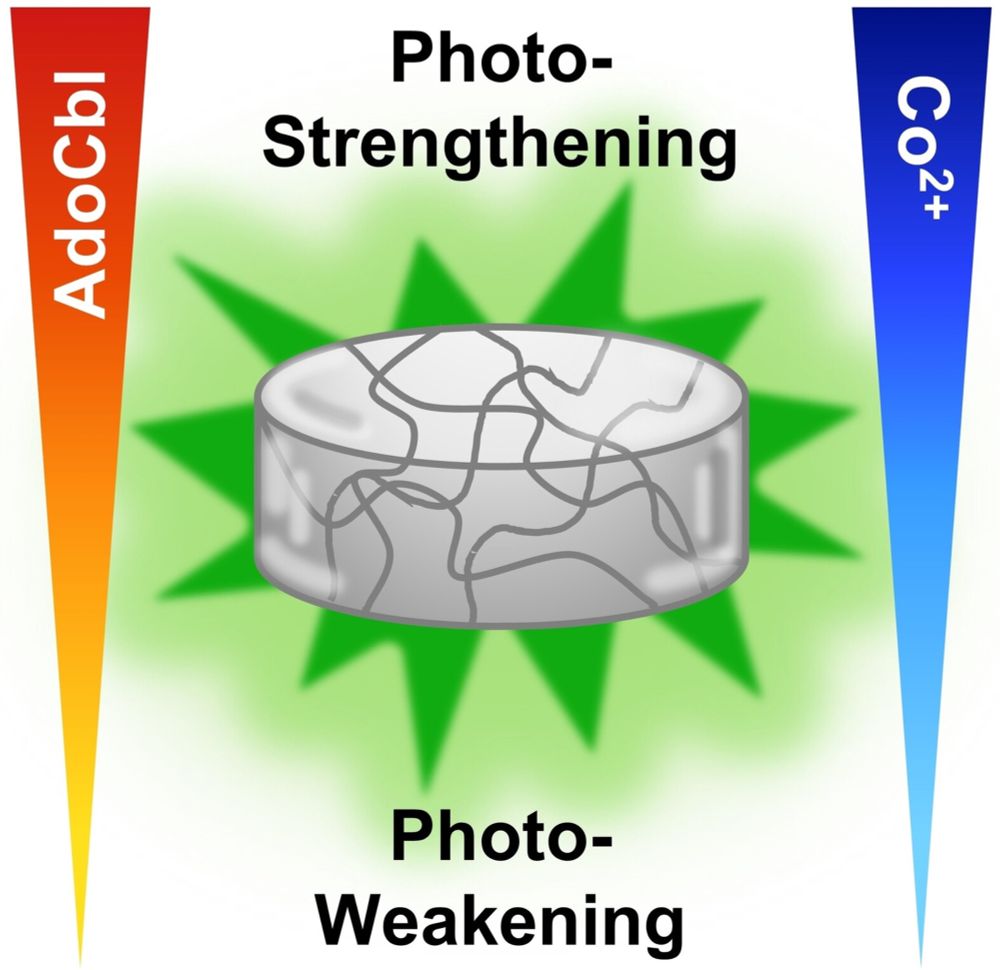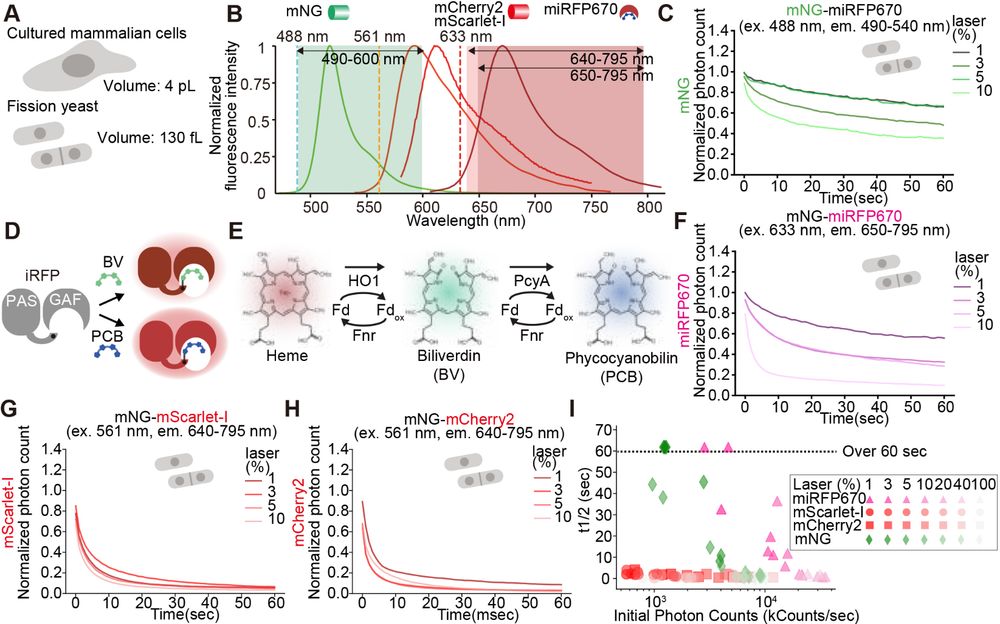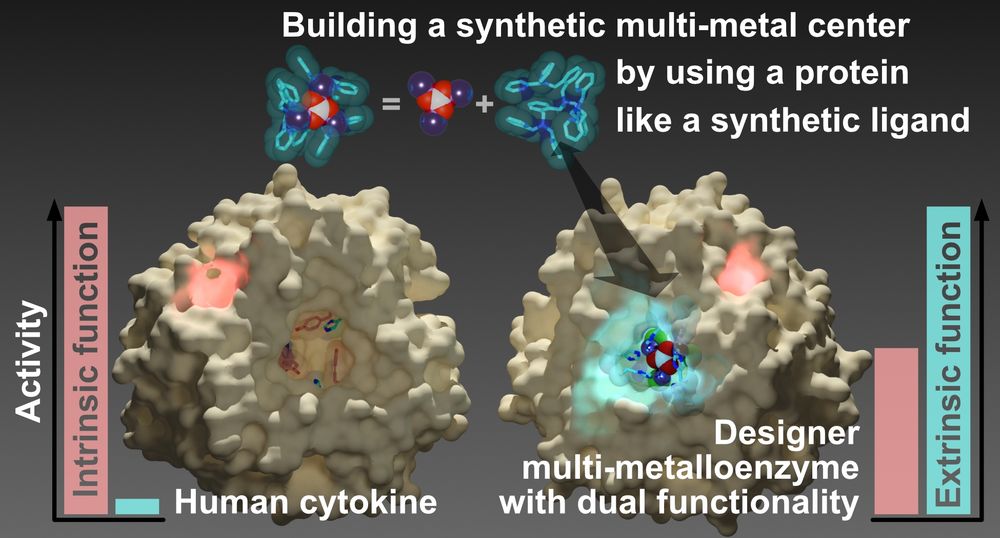Shinya Tsukiji
@shinyatsukiji.bsky.social
150 followers
170 following
55 posts
Chemist | PI of the Tsukiji Lab at Nagoya Institute of Technology | Pursuing new molecular concepts and tools for chemical biology, cell biology, and synthetic biology
http://tsukijilab.web.nitech.ac.jp/index-e.html
Posts
Media
Videos
Starter Packs
Pinned
Reposted by Shinya Tsukiji
Reposted by Shinya Tsukiji
Reposted by Shinya Tsukiji
Shinya Tsukiji
@shinyatsukiji.bsky.social
· Aug 29

A chemogenetic strategy for inhibiting G protein-coupled receptor activity using metal coordination
Abstract. G protein-coupled receptors regulate diverse physiological functions in mammalian cells. Methods enabling temporal control of individual G protei
academic.oup.com
Reposted by Shinya Tsukiji
Reposted by Shinya Tsukiji
Jeremy Baskin
@jeremybaskin.bsky.social
· Aug 25
Cornell University, Chemistry and Chemical Biology
Job #AJO30338, WDR-00054776 Assistant Professor - Chemistry and Chemical Biology, Cornell University (Ithaca, NY), Chemistry and Chemical Biology, Cornell University, Ithaca, New York, US
academicjobsonline.org
Reposted by Shinya Tsukiji
Itay Budin
@ibudin.bsky.social
· Aug 15

Organelle-Targeted Laurdans Measure Heterogeneity in Subcellular Membranes and Their Responses to Saturated Lipid Stress
Organelles feature characteristic lipid compositions that lead to differences in membrane properties. In cells, membrane ordering and fluidity are commonly measured using the solvatochromic dye Laurdan, whose fluorescence is sensitive to lipid packing. As a general lipophilic dye, Laurdan stains all hydrophobic environments in cells; therefore, it is challenging to characterize membrane properties in specific organelles or assess their responses to pharmacological treatments in intact cells. Here, we describe the synthesis and application of Laurdan-derived probes that read out the membrane packing of individual cellular organelles. The set of organelle-targeted Laurdans (OTL) localizes to the ER, mitochondria, lysosomes, and Golgi compartments with high specificity while retaining the spectral resolution needed to detect biological changes in membrane ordering. We show that ratiometric imaging with OTLs can resolve membrane heterogeneity within organelles as well as changes in lipid packing resulting from inhibition of trafficking or bioenergetic processes. We apply these probes to characterize organelle-specific responses to saturated lipid stress. While the ER and lysosomal membrane fluidity is sensitive to exogenous saturated fatty acids, that of mitochondrial membranes is protected. We then use differences in ER membrane fluidity to sort populations of cells based on their fatty acid diet, highlighting the ability of organelle-localized solvatochromic probes to distinguish between cells based on their metabolic state. These results expand the repertoire of targeted membrane probes and demonstrate their application in interrogating lipid dysregulation.
pubs.acs.org
Reposted by Shinya Tsukiji
Johannes Morstein
@morstein.bsky.social
· Aug 14

Optical Control of Membrane Viscosity Modulates ER-to-Golgi Trafficking
The lipid composition of cellular membranes is highly dynamic and undergoes continuous remodeling, affecting the biophysical properties critical to biological function. Here, we introduce an optical a...
pubs.acs.org
Reposted by Shinya Tsukiji
Reposted by Shinya Tsukiji
Reposted by Shinya Tsukiji
Reposted by Shinya Tsukiji
Reposted by Shinya Tsukiji
Ruben Ragg
@rubenragg.bsky.social
· Jul 29
Shinya Tsukiji
@shinyatsukiji.bsky.social
· Jul 29
Shinya Tsukiji
@shinyatsukiji.bsky.social
· Jul 26

Programming Green Light‐Responsive Hydrogels: From Photo‐Weakening to Photo‐Unresponsiveness and Photo‐Strengthening
The light response of CarHc protein-based hydrogels can be alterted from photo-weakening, to photo-strengthening, or becoming light-unresponsive depending on the added cofactors AdoCbl and Co2+. Unde....
chemistry-europe.onlinelibrary.wiley.com














